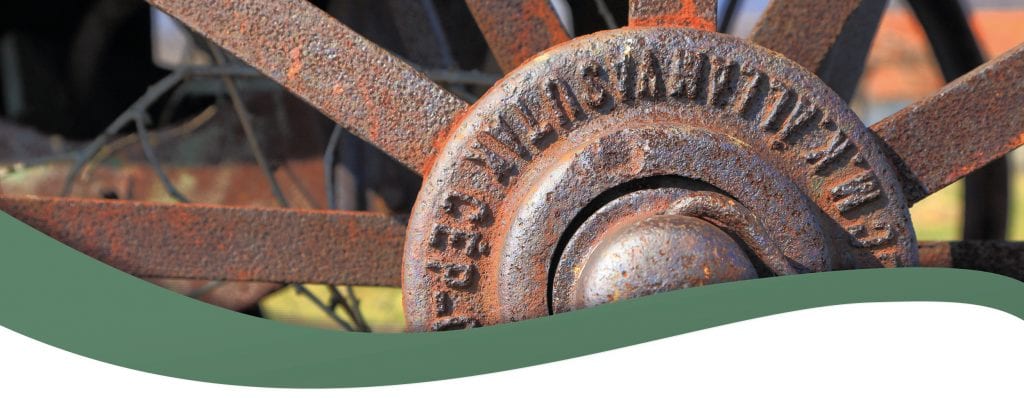Always Read Your Manual
Almost every operating manual will ask you — usually on the very first page — to read the manual BEFORE operating the machinery. Yet all too often, people toss the manual aside without even giving it a second thought.
Over our years in business, we’ve been shocked at the number of customers who have never read the operating manuals that come with their tractor or attachments. But although you might have used similar pieces of kit in the past, all equipment does not operate the same even within the same classification. Machinery can also differ greatly from manufacturer to manufacturer depending on the year it was made and the model.
At Farm Tech, we get a real mix of customers purchasing equipment. Whether it’s their first piece of machinery for their first tractor or an addition to a growing collection, it’s important to understand the basic safety and maintenance guidelines (specific to that piece of equipment) to avoid any hefty repair bills. This is why we keep up-to-date manuals on our website for easy access.
Here’s some of the crucial information you’re likely to find in your operating manual…
- How it works
First and foremost, you need to know how to operate your equipment properly — and safely! All this information can be found in your manual. We know it can be tempting to skip the reading and just get on with it (especially when you’re excited to test out your new kit) but knowing how to use your tractor or attachment from the outset will save you a lot of time, effort and potentially money.
- Special features
Certain products come with special features that may not be typical across that type of tractor or attachment. Everything you need to know about these features, and how to make the most of them, can be found in the operating manual.
- Parts list
The operating manual will show a diagram of the tractor or attachment, with each part clearly labelled. This will prove incredibly helpful if you encounter any problems and will make it easier to find replacement parts if needed. At Farm Tech, we offer a range of different parts for our products.
4. Recommended maintenance
To ensure your equipment lasts a lifetime, it is vital to read yourmanual before use so you can carry out the correct and necessary maintenance procedures. The manual should tell you everything you need to know about keeping your tractor and attachments working properly and safely. This section usually also includes FAQs that you can consult in case of a problem.
For most, it’s a no-brainer that regular weekly and yearly car maintenance is essential, but it’s the same for tractor attachments. We often see the aftermath of mowers which haven’t been greased or checked and it’s not pretty! A basic grease gun and a few spare grease cartridges make maintenance both quick and easy — and we always advise to grease PTO shafts, bearings and any other grease points on your machinery regularly.
- Warranty information
The operating manual will contain important details about the warranty for your tractor or attachment, including its limitations and the coverage period. We would recommend making a note of the warranty period, date of purchase and serial number of your product when you first get it — keeping the information in a safe place for quick and easy reference should you need it further down the line.
At Farm Tech, we are constantly adding to our product manuals to make them as user-friendly as possible and we always welcome any feedback. We also hope to have more ‘how-to’ servicing and maintenance guides available in the coming months.
We’ll often receive calls from customers with questions and issues that can be answered and solved easily by reading the operating manual — so, once you’ve had a look at it, it’s worth keeping hold of your manual to use as a reference if you encounter any future problems!
We are always happy to invite customers to visit and view our range of tractors and attachments. Please call us on 01420 520 510 or email sales@farmtechsupplies.co.uk to make an appointment to visit.








